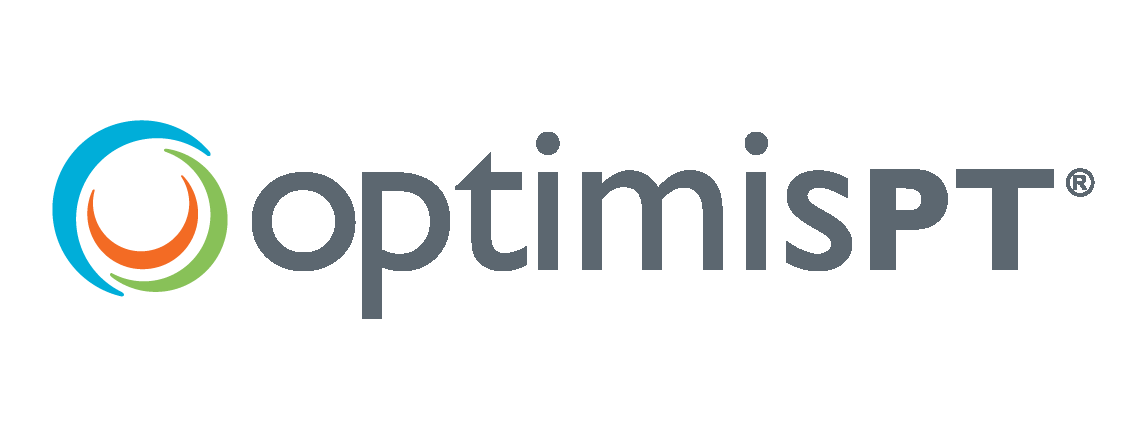The KX modifier: Supportive documentation
If a Medicare patient’s care goes beyond the annual threshold (in 2023 $2,230 for PT and speech and $2,230 for OT), your claim must have the kx modifiers applied on each claim line that exceeds the threshold. We often get asked the question “what do I have to put in my documentation when the patient reaches the Medicare Annual Threshold and I need to apply the KX modifier?” And the answer is, your documentation should be the same whether it’s early in the Episode of Care, or you reach the threshold (or if you’re thousands of dollars beyond the threshold). This is because medical necessity should be demonstrated throughout the Episode of Care.
There isn’t a magic statement when the threshold is reached that will support the patient extending beyond the threshold. A statement by itself without any supportive objective change or evidence of functional improvement toward the established goals would be useless anyway.
The insurance company is looking for the picture to be painted from the beginning of why the patient needs skilled intervention. The elements at the time of the initial evaluation that are essential to help establish this are as follows:
Essential elements
- Establishing specific Prior Level of Function
- Relevant co-morbidities and how they impact the frequency, duration and/or intensity of care
- Assessment of current functional status/abilities/limitations in measurable terms
- Objective and quantifiable physical findings
- Objective and functional long-term goals instead of impairment based goals
- Goals that were meaningful/practical/sustainable: related to the functional deficits identified and attainable in a reasonable amount of time
- Clinical statement as to why the patient requires skilled services
- Anticipated frequency and duration of treatment supported by documentation
If these elements are clearly established at the time of the IE, it makes it easier to show objective and functional change along the way, how therapy is impacting the patient’s identified impairments, and why it’s still medically necessary for the patient to receive skilled intervention. Not only when you need to consider the kx modifier should these elements be updated, but throughout the documentation to allow anyone reading the documentation to visualize that therapy is helping the patient progress toward the established goals.
Errors or bad habits we often see that causes a greater challenge to using the kx modifier are as follows:
Common Errors
- No progression of the treatment parameters as the patient is improving
- Failure to update objective measures that you’ve established are the impairments limiting the activities
- Not indicating clear functional goal progression that reflects the improvement in objective measures
- i.e, the patient is doing 50% better (but you haven’t’ updated any objective measures to associate the “how or why” the patient is 50% better
- Failure to demonstrate the effectiveness of the plan of care/treatments provided
- Not establishing early on that the patient may take longer than what is typical for that diagnosis and there are no comorbidities or variable documented to support “why” the patient needs more time
- Using the same statements visit after visit in the assessment or provider interactions; these areas are your chance to demonstrate how skilled intervention is benefitting the patient and is still necessary
- Failure to create functional goals that contain all the elements of a defensible goal, as accepted by the insurance; goals that are impairment based vs functionally based will offer less likelihood to justify continued care beyond what is typical for that clinical presentation, and insurances such as Medicare will not accept them (i.e. Patient to be independent with HEP, Patient will have 50% decrease in pain)
“Saying” the patient needs further skilled intervention versus “demonstrating” that a patient needs further skilled intervention are two different things.
What are features in your EMR that can help support medical necessity throughout your documentation as well as remember to apply the kx modifier to the claim? In OptimisPT we have the following elements that help to this end:
Helpful Elements in OptimisPT
- A thermometer that allows you to easily see how much has been applied toward the annual threshold for the current year. This includes amounts the patient received prior to being seen at your practice and is tracked across episodes of care (our embedded RVU table and MPPR calculator with the fee schedule based on your locality allows for accuracy down to pennies).
- Automatically add KX modifier: A box for the therapist to attest their documentation supports continued medical necessity that will allow the kx modifier to automatically be applied to the claim when the annual threshold is reached.
- Smart text template statements throughout that helps
- tie together your intervention and how it’s helping the patient to make improvements toward their goals,
- demonstrate the skilled interventions of the therapist (tactile and verbal cuing, education, etc) and not just what the patient did while he/she was there,
- provide a comprehensive overall assessment as to why the patient continues to need skilled intervention to achieve his/her functional goals
- Evaluation templates based on the published clinical practice guidelines
We also offer Compliance and Efficiency Review that can be purchased for your entire practice, or specific clinicians. These have been shown to identify areas of documentation and workflow that may need attention to help ensure your documentation is compliant, defensible and will support you in an audit. If you’re interested in a demo of OptimisPT, or are a current subscriber and interested in a Compliance and Efficiency Review (CER), please contact us!
For more information on a CER: Use the orange support button at the top of OptimisPT or email us at support@optimispt.com




